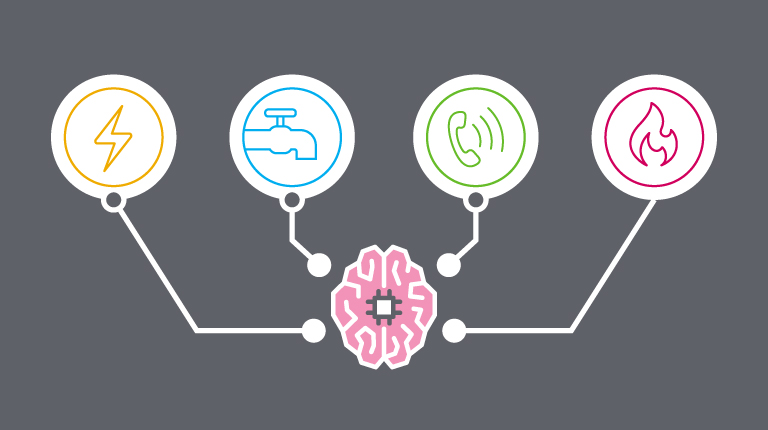Earlier this week I shared some thoughts on the emergence and growth of the individual market within the health insurance space, largely based on the implementation of health insurance exchanges and the Affordable Care Act (ACA). While these market dynamics and growth are considerable, it is also important to consider the competing market forces of efficiencies, risk and profitability in the health insurance space.
Without a doubt, there are many new entrants to the health insurance market as a result of the ACA. Among those are students and younger demographics coming off of their parents’ insurance, as well as populations previously unable to acquire healthcare due to high costs (now potentially subsidized) and pre-existing conditions (now no longer disqualified).
The profile of these new consumers, however, is quite different from members of the past who received their benefits largely from employer plans. With these changing demographics comes increased risk and often times significantly lower profitability, leading many insurers to reassess their participation in health exchanges.
Recently, United Healthcare, the nation’s largest insurer, announced it will leave the Indiana exchange. This announcement comes after the health insurance giant announced in April it would be exiting most of the 34 ACA marketplaces in which it has been operating due to increasing financial losses. In fact, United Health Group reported losses of nearly half a billion in 2015 due to participation in the exchanges (Note: UHG is highly profitable, but they report losses specifically in this business segment). And United is certainly not alone, as many other insurers are reviewing their options and participation in the exchanges.
It’s often been cited that the addition of millennials to the health insurance rolls would offset cost increases and higher risk profile of aging populations and customers with pre-existing conditions. But these savings have yet to manifest themselves, often due to the transitional and unpredictable nature of younger health insurance consumers.
Some of the challenges currently facing health insurers in regards to Millennials include:
- Millennials are highly price conscious and frequently switch from brand to brand in order to obtain the best pricing. The result for insurers is reduced profitability, increased sales and on-boarding costs and ultimately changes in the overall risk profile for the plan.
- It’s often less expensive to pay the IRS tax penalty than to purchase an individual health insurance plan. For a demographic that is inherently healthy, shelling out hundreds, if not thousands of extra dollars annually for insurance they don’t see as needed, it’s an easy decision.
- New lower cost and highly accessible health and wellness options from the likes of CVS and Walgreens further drive younger demographics from traditional, complex insurance products. Not only are costs for insurance higher than the simple products offered through over-the-counter solutions, these products easily meet the needs of this healthy generation unless catastrophic illness or accidents strike.
- As more millennials interact with the healthcare system, the industry will find itself facing a more sophisticated and demanding group that won’t stand for its inefficiencies. Millennials are part of the digital age and are extremely familiar with technology as an essential part of their daily lives. They’ve grown up in an era of constant connectedness, rapid change and easy access to digital conveniences. This is a generation that’s all about convenience. Their perspectives and expectations are shaped by the hyper-connected, 24/7 world we live in today, not the 8-5, wait-in-line world we were.
All this underscores the continued need for health insurers to look for better ways to service their customers and drive costs out of the business. Customer service, on-boarding and proactive outreach are a key areas of focus ripe for improvement. Yet in the past, cost reductions across these areas were usually at the expense of customer experience and satisfaction. Insurers no longer have to choose one or the other, as new technologies, like Virtual Assistants, artificial intelligence and machine learning offer the best of both worlds, with an agent-like experience at the cost of automation. These solutions are available across all digital channels and offer the accessibility and engagement demanded by millennials, as well as other demographics.
Interested in learning more about how Virtual Assistant solutions can improve customer experience and engagement? Contact us.




